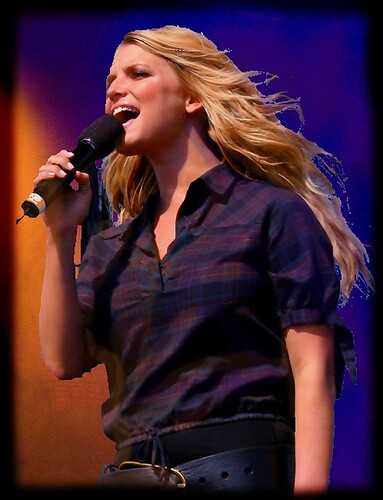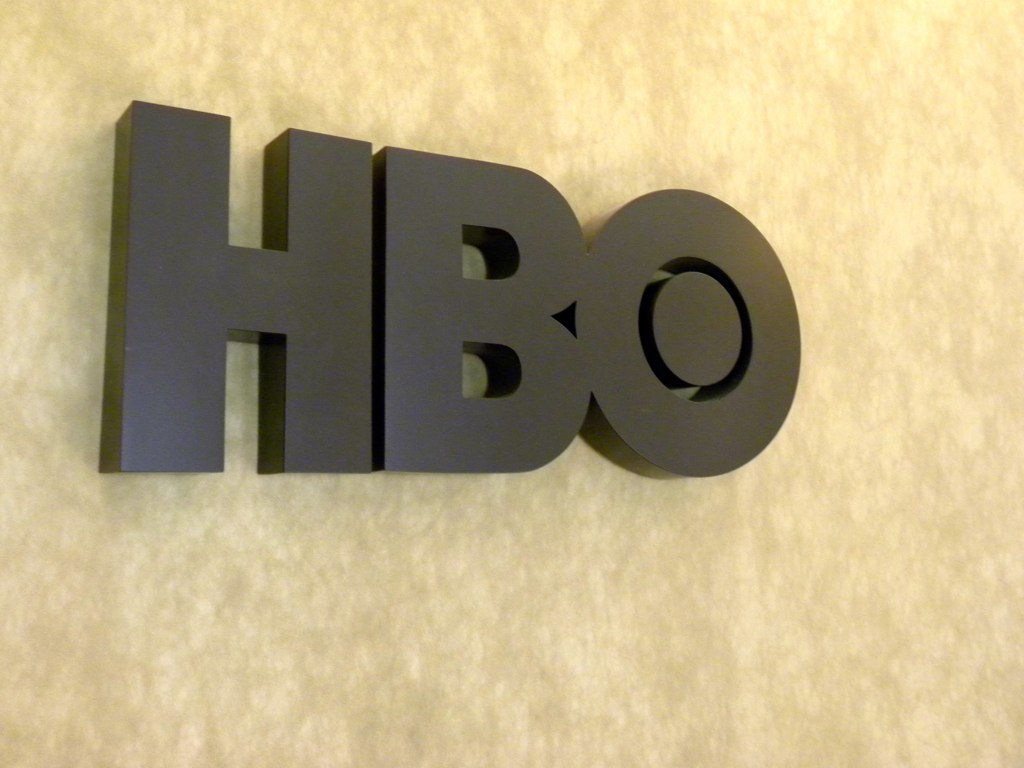
The series finale of HBO’s acclaimed ‘Succession’ recently concluded, leaving a gaping void in our Sunday night schedules and an endless stream of discourse about the chaotic lives of the Roy family. For four captivating seasons, viewers were drawn into a world of immense wealth, cutthroat ambition, and deeply flawed characters. We’ve certainly had our share of laughs, tears, and cringe-worthy moments, making it hard to bid farewell to this Emmy award-winning phenomenon.
Beyond the gripping narrative and stellar performances, a natural curiosity has always surrounded the real-life personas behind these unforgettable roles. From the commanding presence of Brian Cox to Jeremy Strong’s well-documented commitment to his craft, we’ve all wondered what truly unfolds when the cameras stop rolling. This peek behind the curtain offers a fascinating contrast to the on-screen opulence and emotional turmoil.
Today, we’re taking a deep dive into the unexpected culinary preferences of the cast, the remarkable dedication of the crew, and the profound, often unsettling, symbolism of food within the Roy family’s universe. Get ready to uncover the fascinating ‘diet rules’ that shaped both the people bringing ‘Succession’ to life and the intricate world they inhabited, alongside a glimpse into the broader lifestyle choices that defined this cultural touchstone.
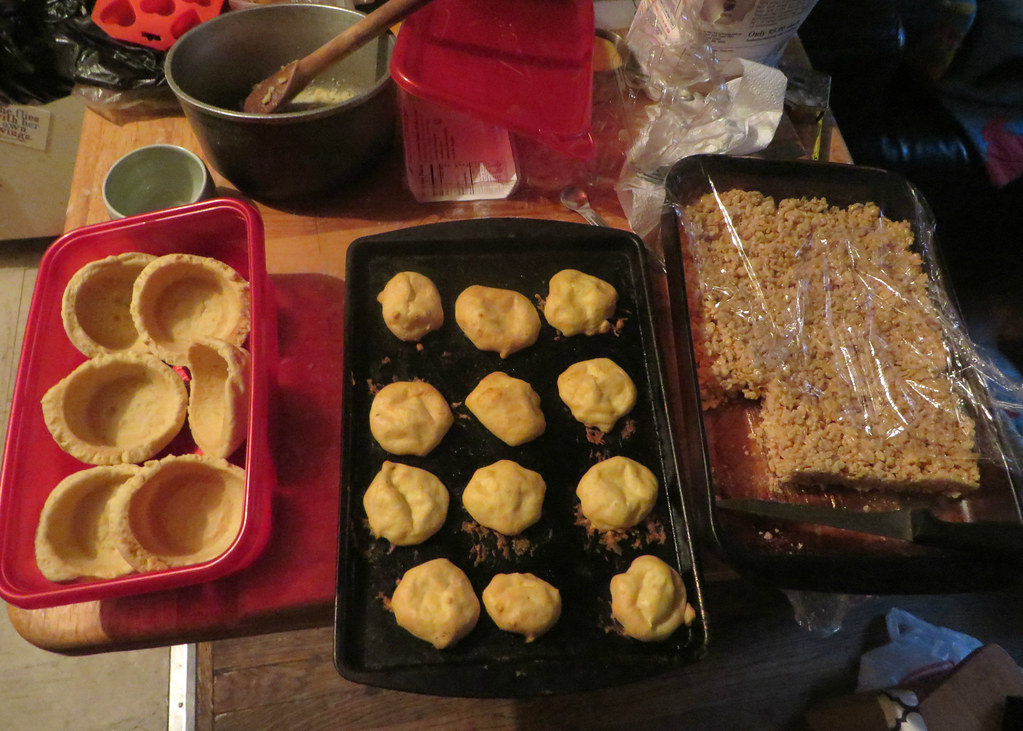
1. **The Cast’s Unexpected Love for Baked Goods & Energy Drinks**Marcia Rivas, the seasoned veteran behind Rolling Table, a New York City-based craft service company, played an integral role in keeping the ‘Succession’ cast and crew nourished. Her philosophy goes beyond just providing food; it’s about building genuine relationships. “I always get to know the crew first and ask what they like. They become like sisters and brothers to me,” Rivas shares, highlighting the personal touch she brings to her demanding work.
Her dedication meant that after three years, she knew exactly what everyone wanted to eat, a testament to her keen observation and genuine care. This insight informed her daily shopping lists, which thoughtfully varied based on location and even the weather. Whether it was picking up breakfast from the legendary Peter Pan Donut Shop during Brooklyn shoots or grabbing bagels in Astoria when filming in Queens, Rivas always sought out local delights.
Yet, amidst all these varied offerings, two items remained constant, becoming something of an inside joke on set: Diet Coke and Celsius. The cast and crew’s affection for these energy-boosting beverages was so profound that Rivas would playfully send photos of Celsius trucks, quipping, “‘Don’t worry, I’ve got you covered.'” It’s a small detail that speaks volumes about the human need for familiar comforts in a high-pressure environment.
These seemingly simple preferences paint a picture of a busy set, where quick energy and a familiar taste can make all the difference during demanding, long workdays. It’s a relatable insight into the everyday fuel that powers a critically acclaimed production, reminding us that even the stars and seasoned professionals appreciate the straightforward joys of a cold drink or a freshly baked treat.
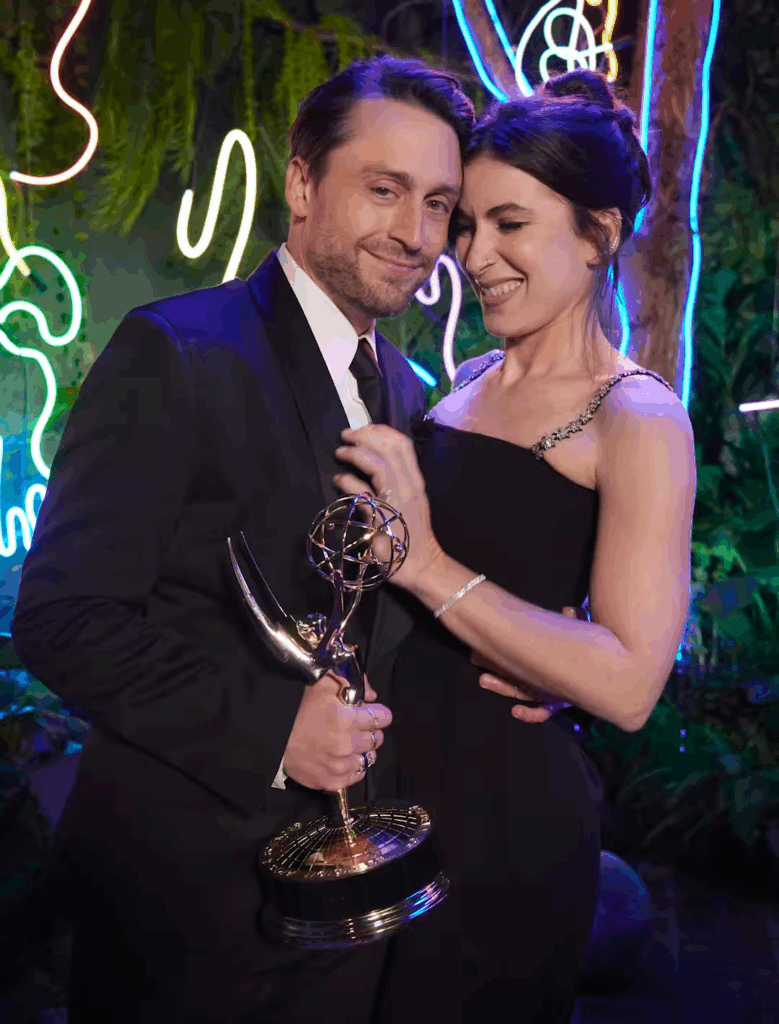
2. **Kieran Culkin’s Connoisseur Coffee Preference**Among the many relationships Marcia Rivas cultivated on set, her chats with Kieran Culkin, who masterfully portrays Roman Roy, stand out. Their bond often revolved around a shared passion for coffee, a detail that offers a charming glimpse into the actor’s real-life habits.
Culkin, it turns out, is quite the coffee enthusiast, with a clear preference for his brew. Rivas fondly recalls, “Kieran loves coffee freshly brewed, and he likes a strong dark roast.” This isn’t just about a caffeine kick; it’s about the quality and specific characteristics of his preferred cup, reflecting a discerning palate.
Their conversations frequently delved into the origins of the coffee, with Culkin expressing genuine interest in learning about where his beloved brew came from. This personal anecdote humanizes the actor, showing a thoughtful engagement with the details of his daily life, a stark contrast to the often superficial world depicted in ‘Succession’.
It also underscores Rivas’s ability to connect with individuals on a personal level, making her craft service more than just a provider of sustenance but a source of comfort and camaraderie. These small, thoughtful interactions are what transform a demanding job into a truly rewarding experience for everyone involved.
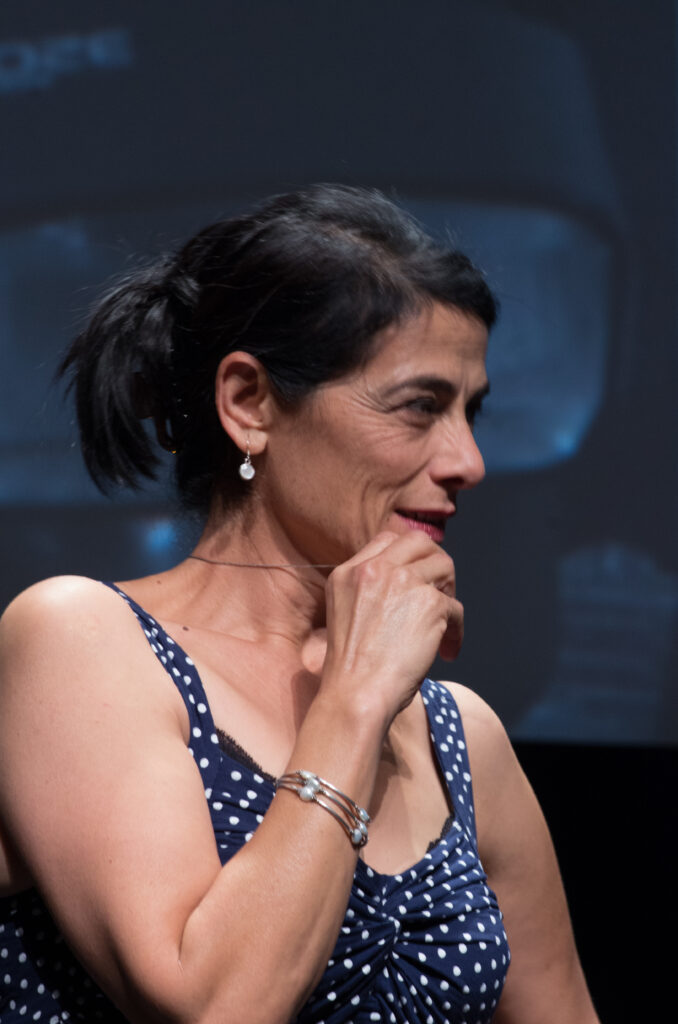
3. **Hiam Abbass’s Culinary Connection: A Nod to Middle Eastern Flavors**Marcia Rivas’s ability to foster deep connections extended to Hiam Abbass, the actress who brilliantly brought Marcia Roy to life. Their shared interest in food went beyond the daily provisions on set, blossoming into a truly heartwarming exchange that highlights the personal bonds formed during intense production schedules.
In a memorable gesture during the final week of filming for season four, Abbass generously gifted Rivas “a cookbook about Middle Eastern food.” This particular gift speaks volumes, not only about Abbass’s thoughtfulness but also about a shared culinary curiosity and appreciation that transcended their professional roles. It’s a beautiful exchange that reflects genuine affection.
Rivas’s description of Abbass as “so wonderful” perfectly encapsulates the positive, enriching environment she helped create on set. These aren’t just colleagues; they’re individuals who deeply connect over shared interests, making the demanding work feel more like a collective journey among friends.
The exchange of a cookbook symbolizes a deeper understanding and respect between the two women, extending their conversations about food beyond mere preferences to an appreciation of culture and cuisine. It’s a powerful reminder of the personal narratives that unfold behind the scenes, far from the dramatic narratives we see on screen.
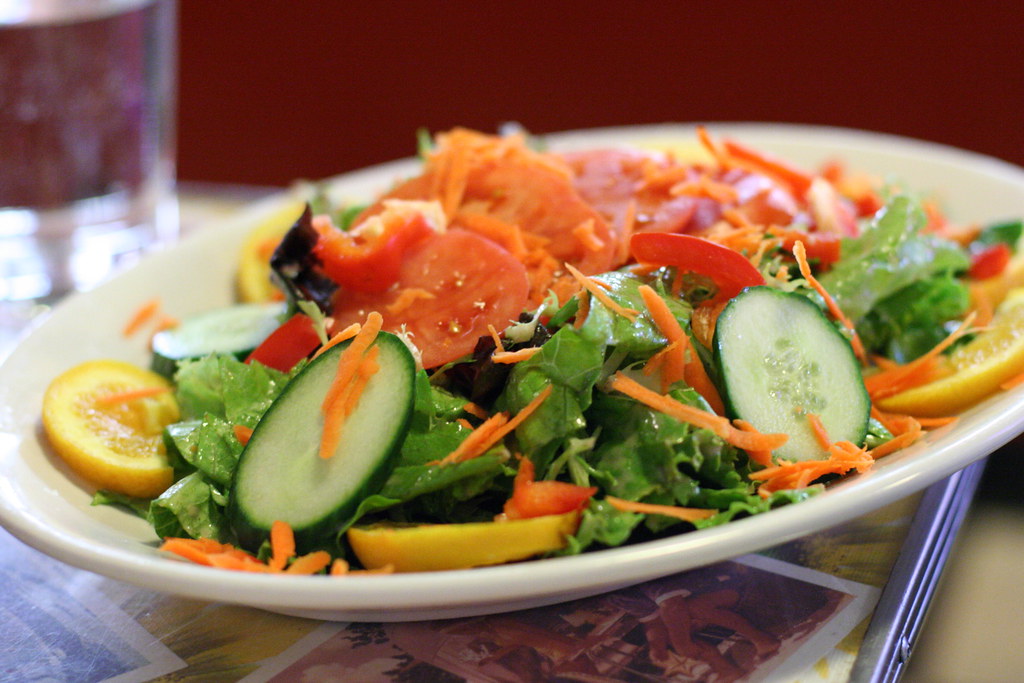
4. **The Roy Family’s Symbolic Food: From Feasts Unfinished to Control Mechanisms**Shifting our focus from the real-life appetites of the cast, ‘Succession’ itself masterfully uses food not for nourishment or pleasure, but as a potent lens for understanding the underlying tensions and power dynamics within the Roy family. On screen, meals are conspicuously unappetizing, rarely serving their inherent purpose of providing enjoyment or sustenance.
The show routinely presents “large quantities of food” on lavish platters, yet “very little of it seems to get eaten.” This gastronomic paradox immediately calls attention to itself, signaling that food in the Roy universe operates on a different, more symbolic plane. It’s less about satisfying hunger and more about performing wealth and status.
Expensive, meticulously prepared foods, like the elaborate “Roy’s wedding cake,” function primarily as “symbols of control and prestige.” They are not sources of genuine pleasure or satisfaction for the characters. Instead, these opulent displays serve to remind both the Roys and the audience of the extreme “excess that the lucky few can afford but do not require.”
For the Roy family, eating is often depicted as something “for the plebes,” almost beneath their “sceptered sway.” This disdain for the simple act of eating transforms food into a subtle, yet powerful, mechanism for illustrating their detachment from normal human experiences and their constant need to assert dominance, even over basic biological needs.
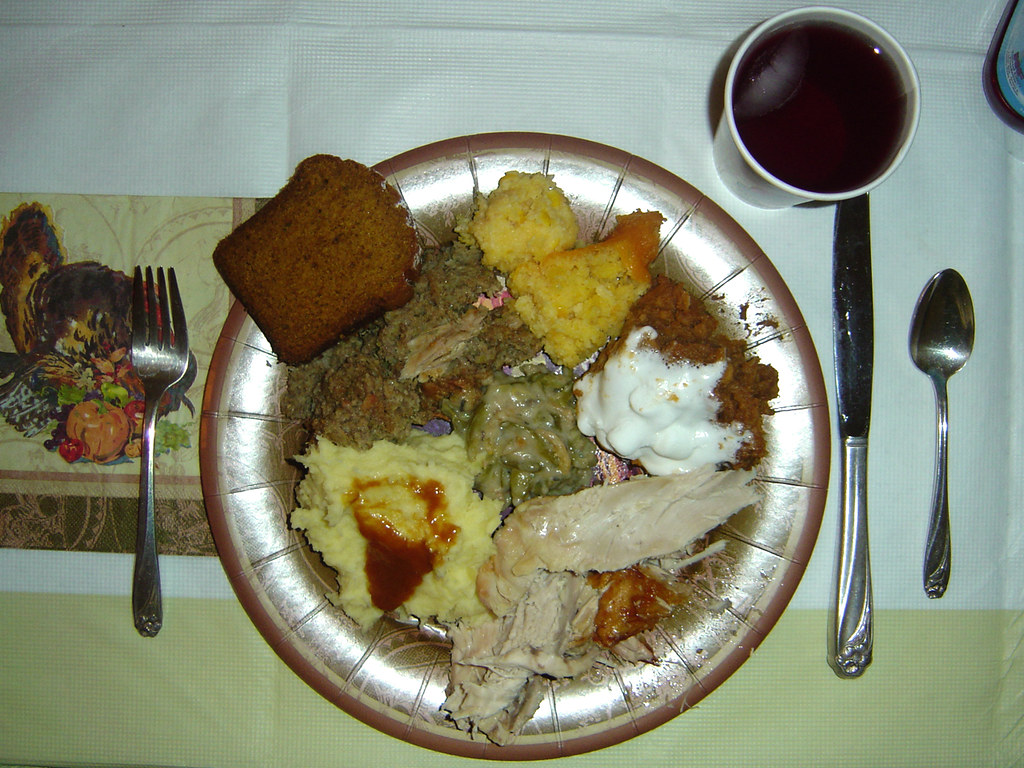
5. **Large Quantities, Little Eaten: The Gastronomic Paradox of the Roys**Delving deeper into the bizarre relationship the Roys have with food, the series consistently portrays an environment where abundance clashes with aversion. While lavish spreads are a constant backdrop to their high-stakes negotiations and familial squabbles, the act of eating is conspicuously absent or done with a profound lack of enjoyment.
This deliberate choice by the showrunners reinforces the idea that true pleasure is elusive for the Roys, and basic human needs are either ignored or weaponized. The “lavish meals and elegant platters” exist not for consumption, but to demonstrate that they are among those who “do not require” such earthly delights, distinguishing themselves from common folk.
Adding to this peculiar dynamic is the way the characters “talk about food — disparagingly.” In one memorable scene, Tom and Greg contemplate the grim realities of prison life while ironically munching on “prison food” at a diner. Tom’s description of Greg’s omelet as “an endless salty gym mat” and his warning of even worse fare in actual prison encapsulates this deep-seated negativity towards eating.
This disparagement goes further, as “eating and being compared with vittles are synonymous with weakness” in their world. Food becomes “a trap of some kind,” especially evident in episodes where characters are consumed by the “fear that they’re being poisoned.” This pervasive distrust elevates food from a source of life to a potential threat, reflecting the inner darkness that has consumed the family.

6. **Food as a Weapon: The Infamous “Meal Fit for a King” Smoothie**In a chilling culmination of the Roy family’s twisted relationship with sustenance, food is transformed into a literal, not-so-secret weapon, highlighting the deep-seated darkness within. What should be essential and enjoyable is “perverted into a means of control where no one benefits and no one is satisfied.”
This destructive dynamic tragically plays out in the series’s final episode, where the siblings concoct a “special smoothie for their brother who hopes to ascend to his father’s position.” Playfully, yet menacingly, dubbed “a ‘meal fit for a king’,” this concoction is far from nourishing, embodying their twisted sibling antics.
The ingredients themselves speak volumes about the Roy siblings’ perverse creativity: “bread, cheese, pickles, tabasco, eggs, and a little bit of Shiv’s own spit.” This revolting mixture is designed not to feed, but to degrade and assert dominance, stripping away any pretense of care or affection among them.
In a powerful moment of dark theatre, Roman ultimately pours the disgusting concoction over Kendall’s head. This act serves as a brutal parody of “the anointing proper to the earthly kingship Ken was hoping to attain,” a cruel joke delivered with devastating precision, underscoring the Roys’ inability to play fair, even with each other.
This entire scenario reinforces the poignant message that in their relentless scheming and manipulating, the Roys have taken “good things into sludge and lost the power they hoped to gain in the equation.” Food, inherently good, becomes a symbol of “the simple goodness they chose to give up,” leaving them eternally hungry, not for sustenance, but for an unattainable power.

7. **Jeremy Strong’s Method: Drinking the Disgusting Smoothie for Authenticity**For those who followed the ‘Succession’ phenomenon, Jeremy Strong’s well-known method acting has been a consistent point of fascination and conversation. It should come as no great surprise, then, that the actor’s commitment extended to the infamous “meal fit for a king” smoothie scene in the series finale, adding another layer of authenticity to an already iconic moment.
Strong himself confirmed the remarkable feat during an appearance on “HBO’s Succession Podcast,” revealing that he “did, indeed, drink the very same smoothie viewers watch Roman and Shiv concoct.” He further elaborated on the challenging experience, admitting, “We did it only a few times and I went outside and wretched and jumped in the ocean and washed it off my hair and, yeah, I did drink it.”
When pressed on why he subjected himself to such a disgusting act, Strong’s reasoning was deeply rooted in his character’s motivation. He explained, “I wouldn’t know how not to drink it. [Kendall] wants [to be CEO] that badly that he’s going to drink whatever that is, but it was disgusting.” This illustrates his profound understanding of Kendall’s desperate ambition.
Despite the vile nature of the concoction, Strong surprisingly found enjoyment in filming Kendall’s unofficial anointment. He recalled it as one of the rare moments he truly felt “allowed to really just enjoy [myself]” while acting alongside Sarah Snook and Kieran Culkin, his on-screen siblings. “Kieran and Sarah and I have been through so much together. I love them so much. I respect them so much.”
This scene, a brief reprieve of dysfunctional camaraderie before the siblings’ inevitable split, offered a unique opportunity for the actors to connect beyond their characters’ frequent variance. It’s a powerful testament to the bonds forged on set, even amidst the most stomach-churning of scenes, providing comfort in shared, memorable moments.
Welcome back to our deep dive into the ‘Succession’ universe, where every detail, from a discarded meal to a perfectly tailored suit, carries immense weight. After exploring the complex relationship the Roys have with food and the real-life culinary preferences of the cast and crew, it’s time to switch gears. We’re now peeling back the layers of their wardrobe, revealing how clothes became silent, yet powerful, communicators of status, power, and personality in a world where every stitch tells a story.
From the quiet luxury of a cashmere baseball cap to the deliberate anti-fashion of a tech billionaire, the show’s costume designer, Michelle Matland, meticulously crafted a visual language that spoke volumes. The ‘Succession’ wardrobe isn’t just about expensive labels; it’s a masterclass in how clothing can convey ambition, insecurity, and the subtle shifts in dynamic between some of television’s most compelling characters. Get ready to uncover the strategic sartorial choices that made ‘Succession’ a fashion phenomenon in its own right.
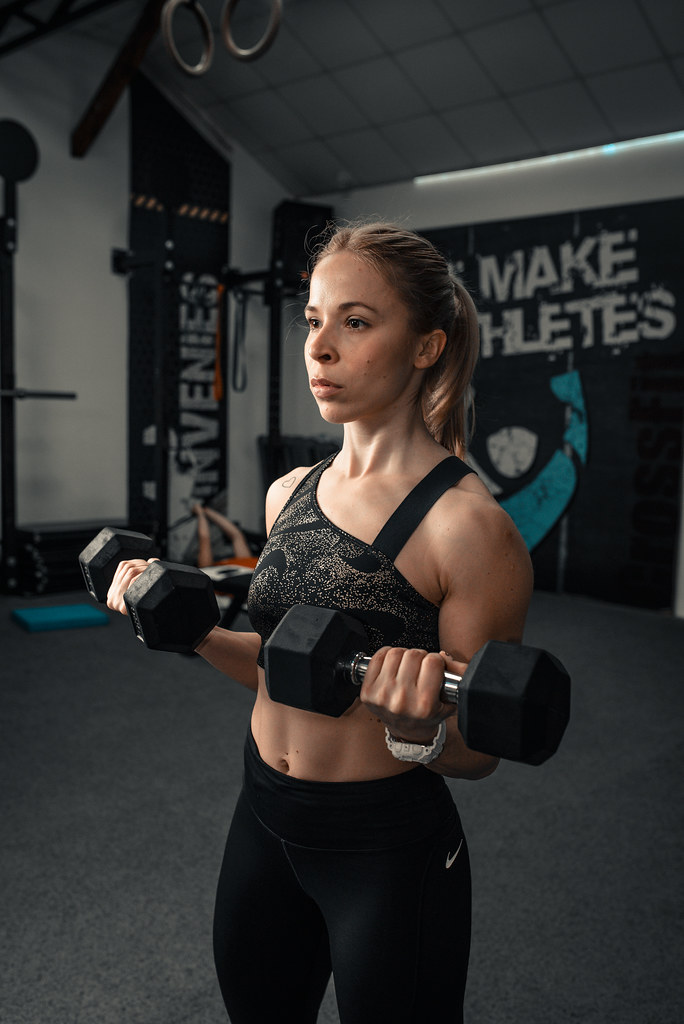
8. **Roman Roy’s Workout Headband (Season 1, Episode 3)**Even the seemingly insignificant accessories worn by the Roy siblings offer a peek into their personas, and Roman Roy’s workout headband is a prime example of a “deep cut” that tells a nuanced story. In Season 1, as Roman attempts to project a more serious, ‘CEO-fit’ image, he briefly enlists the help of a trainer, marking this phase with a small workout headband, reminiscent of a young Colin Farrell.
This particular style choice is less about genuine athletic commitment and more about Roman’s fumbling attempts to embody an ideal of corporate leadership he hasn’t quite grasped. It’s a subtle visual cue that underscores his often-comical efforts to be taken seriously, reflecting a character constantly trying on new identities, none of which quite fit. The headband serves as a physical manifestation of his fleeting, superficial engagement with self-improvement.
The humor in this detail lies in its brief, almost performative nature. Roman quickly abandons the rigorous fitness routine, much like he often abandons other endeavors requiring sustained effort. The headband, therefore, becomes a symbol of his youthful impulsiveness and his sometimes-pathetic attempts to emulate the perceived trappings of power, rather than truly embodying them. It’s a reminder that even at the highest echelons, personal insecurities often manifest in the smallest sartorial choices.
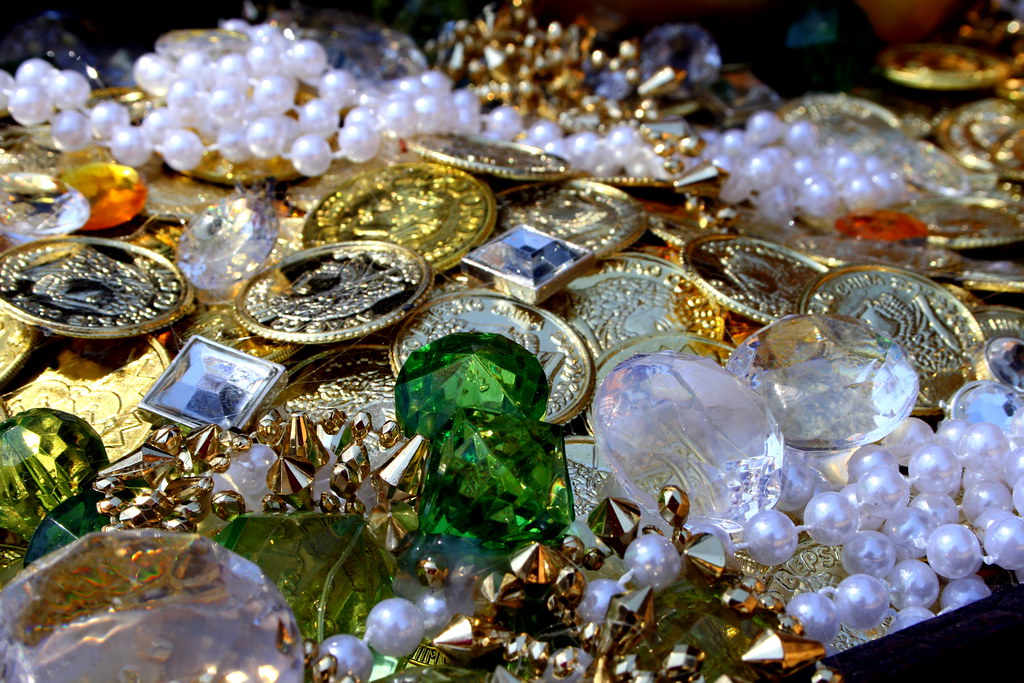
9. **Matsson’s Luxury Swedish Streetwear (Worn Throughout Season 4)**Lukas Matsson, the enigmatic tech edgelord, consistently disrupted the old-money aesthetic of the Roys with his distinct brand of luxury Swedish streetwear, making it a star player in the show’s final season. Michelle Matland imagines that Matsson’s head of communications, Ebba, handles all his shopping, returning “with bags and bags of luxury items that look like you could get them at Walmart.” This perception of effortless, almost careless, wealth is central to his character.
Matsson’s wardrobe choices, such as the hulking “Evil Kermit” Fjällräven anorak he sports in Denmark or the pale green Acne sweatsuit he lounges in, are far from accidental. They represent a deliberate anti-fashion stance, a stark contrast to the Roys’ more formal, albeit “stealth wealth,” attire. This aggressive casualness signals a different kind of power, one that scoffs at traditional corporate dress codes and asserts dominance through defiant comfort.
This sartorial strategy makes the Roys feel “uncomfortable and overdressed,” as Matland observes. Matsson’s style embodies the “I really don’t care, do u?” ethos for the tech scion set, projecting an air of disinterest in proving himself through conventional means. It communicates that he is “free to be me,” a choice the Roys, with their “pretense of having to wear a costume,” cannot afford. His seemingly laid-back outfits are, in fact, powerful tools of psychological warfare, asserting a new guard’s irreverence against the old establishment.

10. **Naomi Pierce’s Proenza Schouler Set (Season 3, Episode 7)**Naomi Pierce, portrayed with undeniable charisma by Annabelle Dexter-Jones, consistently held the title of ‘Succession’s “It” girl, her wardrobe a testament to effortless socialite chic. Her style was defined by a curated collection of monochromatic pieces from top-tier brands like Tom Ford, The Row, and, notably, Proenza Schouler. This made her the show’s most objectively stylish character, exuding an air of understated glamour.
A standout example is the perfect white loungewear set from Proenza Schouler she wears during Kendall’s spiraling preparations for his doomed 40th birthday bash. This choice, along with the strapless gold-buttoned top she later wears to the party, speaks to a specific kind of wealth and confidence, reflecting a lifestyle where luxury is a given and effortlessness is key.
Michelle Matland provides a fascinating backstory for Naomi, elucidating her wardrobe choices. “She knows that when she gets out of the car, everybody’s going to want to have a piece of her,” Matland explains. This self-awareness translates into a minimal yet impactful approach to dressing, allowing her to be “dressed in 10 minutes,” confident in her intrinsic appeal and the power her presence commands.
Her seemingly carefree approach to fashion—she “doesn’t have to worry about” a credit card and “probably doesn’t wear underwear”—underscores a profound freedom from conventional constraints. Naomi’s Proenza Schouler pieces aren’t just clothes; they are an embodiment of unburdened luxury, a statement that she is beyond needing to impress, because her very existence is impressive enough.
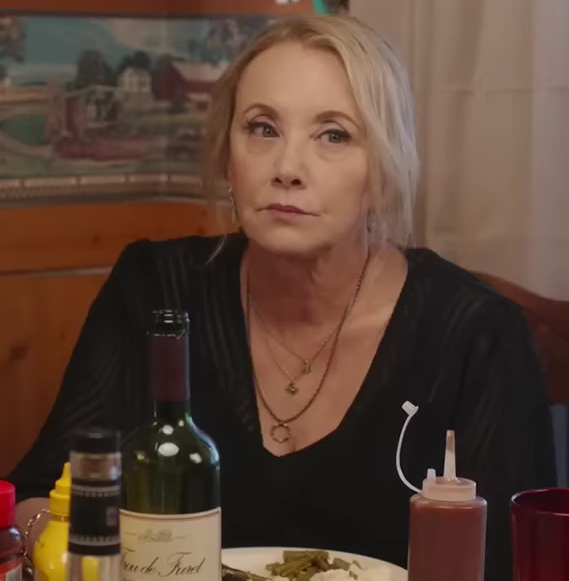
11. **Gerri Kellman’s Boat Ensemble (Season 4, Episode 3)**Gerri Kellman, expertly played by J. Smith Cameron, underwent one of the most compelling wardrobe arcs on ‘Succession’, evolving into an epitome of high-end luxe and sophisticated power dressing. As the series progressed, her clothing choices transitioned to pieces that were “more form-fitting, less boxy, less masculine, less corporate,” signaling her growing influence and self-assuredness.
A prime example is the structured Scanlon Theodore suit she wears to Connor and Willa’s wedding. This ensemble radiates a corporate noir aesthetic, perfectly encapsulating Gerri’s sharp intellect and formidable presence. It commands respect without being overtly flashy, showcasing her quiet authority in a world dominated by louder, more chaotic personalities.
The significance of Gerri’s refined style becomes even more pronounced in her post-Logan era. Her loosened-up look, devoid of the need to constantly navigate Logan’s volatile whims, is truly “alluring.” British Vogue’s insightful observation that “death becomes her” perfectly encapsulates this transformation. Her wardrobe no longer merely signifies corporate survival but blossoms into an expression of her individual strength and liberation.
Gerri’s journey, reflected in her increasingly stylish and luxurious attire, serves as a powerful testament to the idea that confidence and personal growth can be visually articulated. Her clothes become a silent narrative of her ascent, not just in terms of corporate standing, but in her personal command and self-possession within a relentlessly challenging environment.
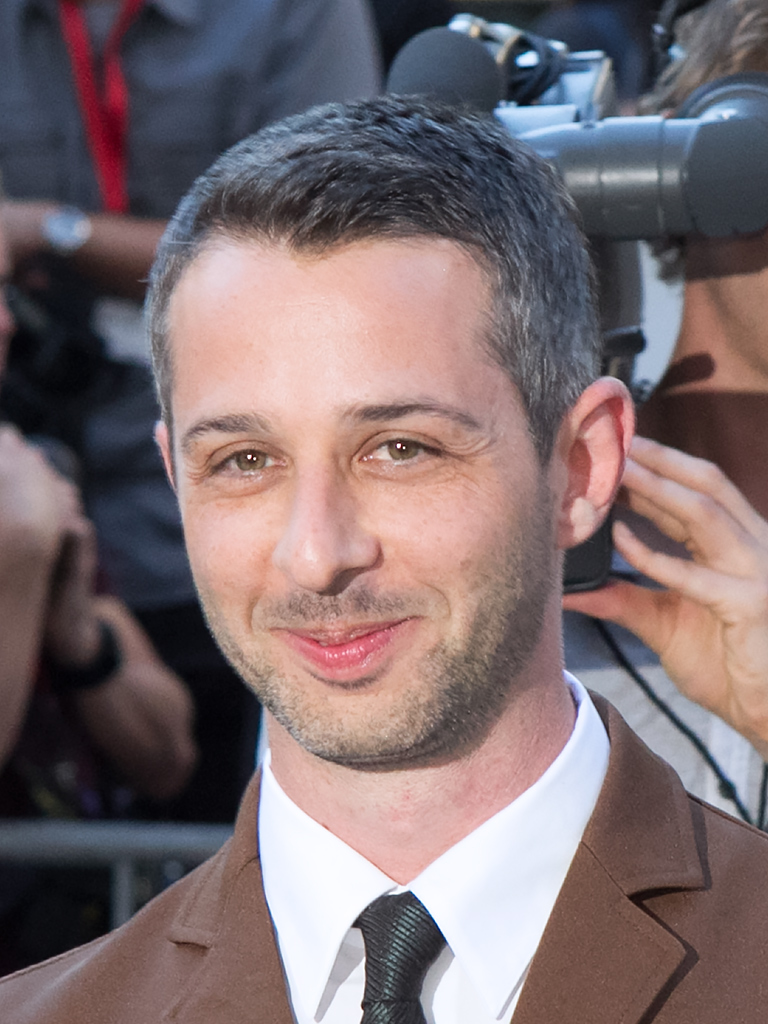
12. **Kendall Roy’s Lanvin Sneakers (Season 1, Episode 8)**Kendall Roy’s fashion choices frequently provided a window into his ever-shifting emotional and psychological landscape, and his calfskin Lanvin sneakers from Season 1, Episode 8, are a particularly telling moment. During his fleeting attempt to portray himself as a disruptive angel investor, Kendall acquires these designer sneakers, hoping they might resonate with the “artsy tech startup founders” he aims to impress.
His enthusiastic exclamation, “Oh, yeah,” upon holding up the shoes, underscores his belief that these sneakers are a key to unlocking credibility within this subculture. However, as the narrative unfolds, these sartorial attempts backfire; he “does not land the deal.” The shoes, intended to signal his hipness, instead reveal his insecurity and his transparent efforts to fit in rather than lead authentically.
Costume designer Michelle Matland insightfully notes that Jeremy Strong is meticulously involved in his character’s wardrobe, ensuring “there’s not a detail that gets past.” This commitment ensures Kendall’s designer sneakers throughout the series directly reflect his “headspace.” This Lanvin pair, Matland explains, conveys his deep-seated insecurity and his “intention” to be part of the “hip crowd,” but ultimately results in a look that is “a little bit too ostentatious.”
13. **Logan Roy’s Cable Knit Cardigans (Worn Throughout)**Logan Roy, the formidable patriarch, was a man of stark contrasts, and his wardrobe perfectly embodied this duality: sharp suits for the office, and comforting cable knit shawl cardigans for home. These cardigans, a consistent presence throughout the series, especially the navy one seen in the show’s opening credits, were more than just clothing; they were a profound statement about his intrinsic power.
Michelle Matland envisions these cardigans as gifts, explaining, “He has many of them. Everybody buys them for him for his birthday and Christmas and he has a closet full.” Logan’s preference for these familiar, well-worn pieces highlights his no-nonsense approach to dressing when not performing his public role. They communicate a deliberate shedding of corporate pretense, a visual cue that says, “I’m home. I’m off,” as Matland describes.
Crucially, Logan “has no pretense because he has nothing to prove to anyone.” This is the core message of his at-home attire. Unlike his children, who constantly dress to impress or assert their burgeoning status, Logan’s cardigans signify an unshakeable, foundational power that requires no external validation. “He’s the king at home. He can take the crown off,” Matland concludes, emphasizing his absolute authority even in his most relaxed moments.
As we conclude our journey through the intricate world of ‘Succession’, it’s clear that the series masterfully utilized every detail, from the food on the table to the threads on their backs, to paint a vivid picture of the Roy family’s complex existence. Whether it was the symbolic starvation at a lavish feast or the carefully chosen “stealth wealth” of a cashmere cap, these elements weren’t just background; they were crucial narrative devices, offering deep insights into power, insecurity, and the human condition. ‘Succession’ truly left us with an enduring legacy, not just in storytelling, but in its unparalleled commentary on how we present ourselves to the world, and what that presentation truly reveals about our innermost desires and struggles. It’s a reminder that in the grand theatre of life, and indeed, on the small screen, every choice, no matter how small, resonates with profound meaning.


